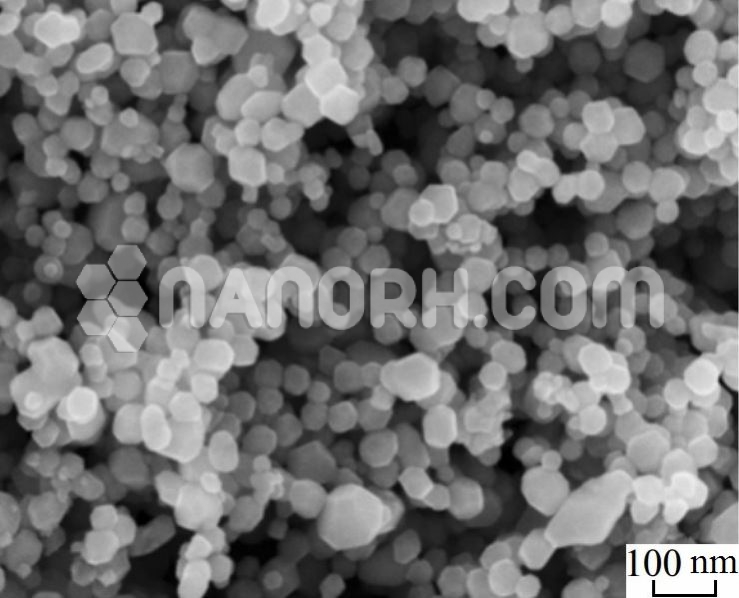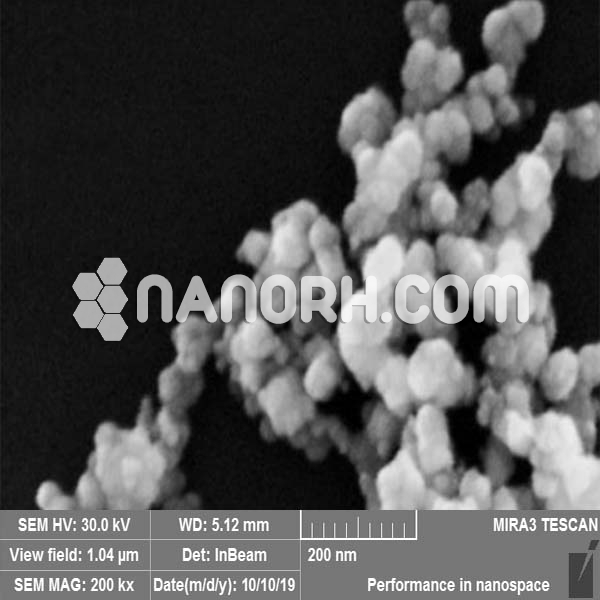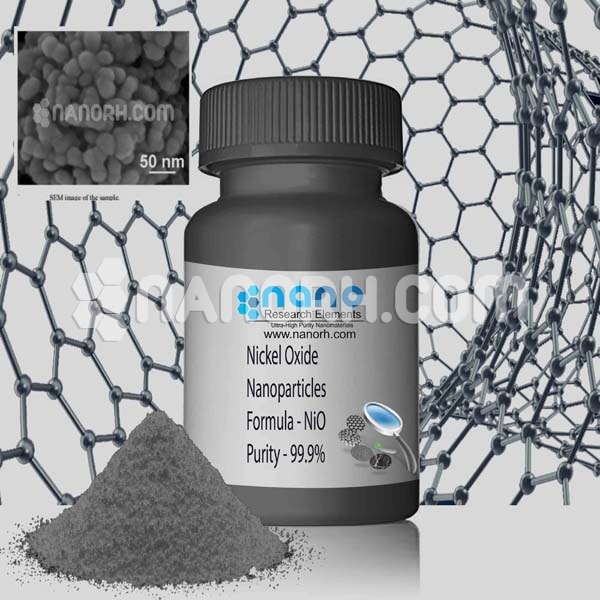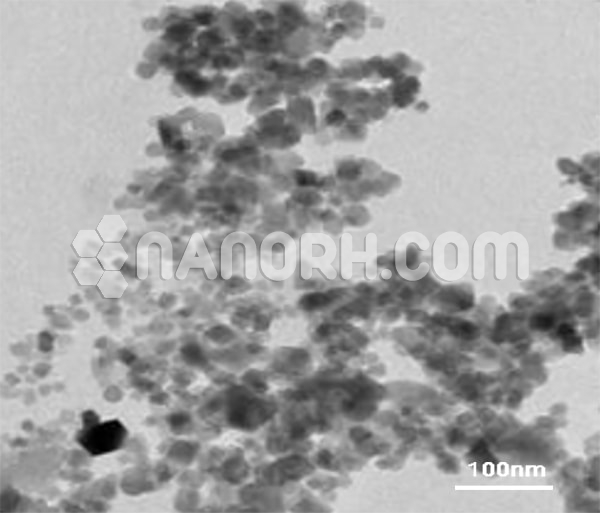| Copper Iron Oxide Nanoparticles | |
| Product No | NRE-29010 |
| CAS No. | 12018-79-0 |
| Formula | CuFe2O4 |
| APS | <100nm (Can be Customized) |
| Purity | 99.9% |
| Color | Brown to black |
| Molecular Weight | 239.23g/mol |
| Density | 5.4 g/mL at 25 °C |
| Melting Point | NA |
| Boiling Point | NA |
Copper Iron Oxide Nanoparticles
Applications
Catalysis:
Environmental Catalysis: Copper iron oxide nanoparticles are often used as catalysts or catalyst supports in reactions like the reduction of pollutants (e.g., nitroaromatics), degradation of organic compounds, and wastewater treatment. They are also used in the oxidation and reduction of various chemicals, such as in the catalytic conversion of carbon monoxide to carbon dioxide.
CO₂ Reduction: Copper iron oxide nanoparticles have been investigated for use in CO₂ reduction reactions, where they act as catalysts in the conversion of CO₂ to value-added products, like hydrocarbons or alcohols.
Hydrogenation Reactions: These nanoparticles are effective catalysts in hydrogenation reactions, commonly used in the chemical and pharmaceutical industries to produce saturated compounds from unsaturated ones.
Magnetic Materials:
Magnetic separation: Due to their magnetic properties, can be used in magnetic separation processes to remove contaminants or separate different materials in chemical, pharmaceutical, and environmental industries.
Data storage: These nanoparticles can also be used in magnetic data storage devices, where their magnetic properties help in the manipulation and storage of data at the nanoscale.
Environmental Remediation:
Water treatment: Copper iron oxide nanoparticles have shown promise in removing heavy metals and organic pollutants from water. Their high surface area and magnetic properties make them ideal for adsorbing contaminants or participating in redox reactions that degrade harmful substances.
Adsorption of pollutants: These nanoparticles are used for the adsorption of hazardous substances, such as dyes, pesticides, and heavy metals, from water or air, making them useful in water purification and environmental cleanup applications.
Energy Storage and Conversion:
Batteries and supercapacitors: Copper iron oxide nanoparticles can be used in energy storage devices, such as lithium-ion batteries and supercapacitors, where their conductivity and structural stability help enhance the performance and efficiency of these devices.
Photovoltaics: In the field of renewable energy, have been investigated for use in solar cells and other energy conversion devices. Their ability to act as a semiconductor can help improve the efficiency of energy harvesting from solar light.




